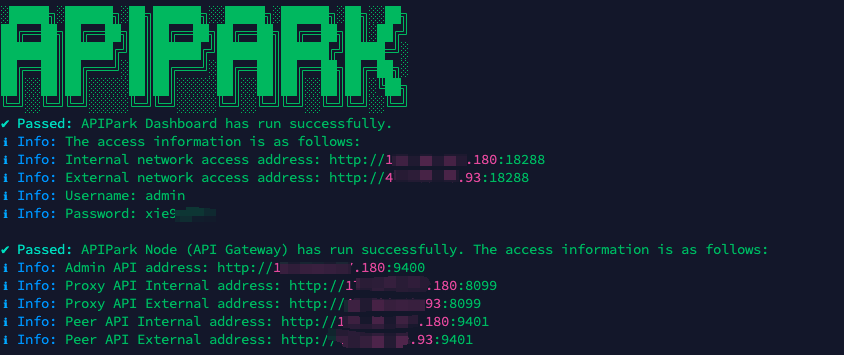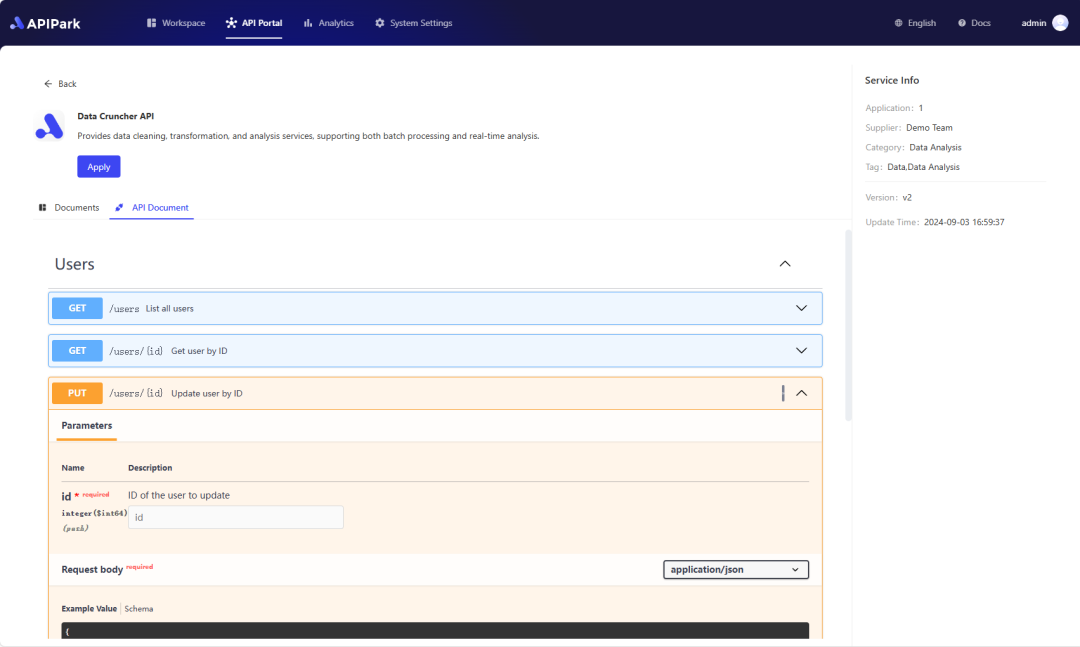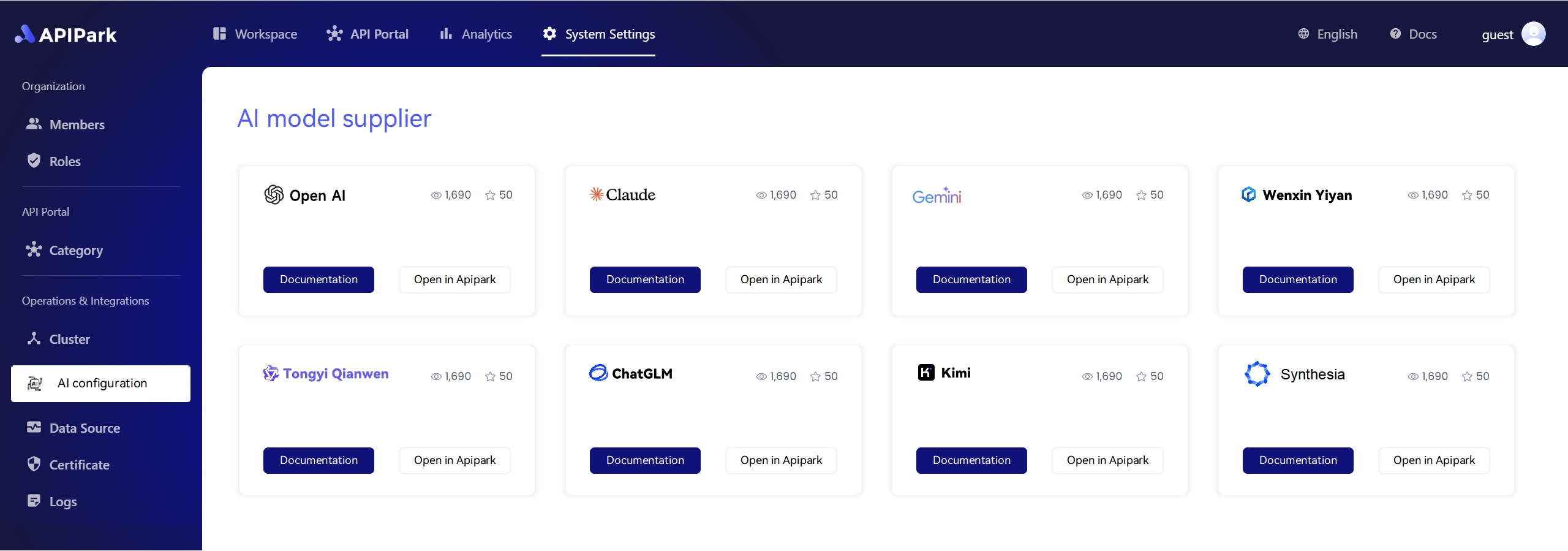In the fast-paced digital world, web applications constantly strive to deliver optimal experiences to their users. To achieve this, developers and organizations often focus on various methods of web optimization that enhance security, improve performance, and ensure user satisfaction. One such method that deserves attention is fallback configuration. This article explores fallback configurations while integrating concepts such as API security, Azure, API Developer Portal, and API Version Management. We’ll also provide you with practical examples, including a detailed table and code snippet, to enhance your understanding.
What is Fallback Configuration?
Fallback configuration refers to a strategy implemented in web applications that allows a system to revert to a predefined backup option or behavior in case the primary resource or service becomes unavailable or fails to work as expected. It ensures continuity and reliability, thereby improving the overall user experience.
Importance of Fallback Configuration
- Reliability: Fallback configurations help maintain application reliability, which is crucial for user trust.
- User Experience: Users expect seamless functionality; hence, ensuring some level of service when things go wrong is essential.
- Performance Optimization: By routing requests intelligently, fallback configurations can optimize resource use and reduce overload on specific services.
The Role of API Security in Fallback Configuration
When designing fallback configurations, API security must be a priority. In a world where data breaches and security threats prevail, implementing proper security measures for APIs, especially those that are part of primary and fallback configurations, is crucial. Ensuring that both primary and fallback calls are secured helps prevent unauthorized access and data leaks.
Utilizing Azure for Fallback Configurations
Azure, Microsoft’s cloud platform, provides an extensive array of tools that can facilitate developers in deploying effective fallback configurations. For instance, Azure API Management allows you to define fallback policies that help manage how your APIs behave under certain conditions. By providing a central layer where requests can be monitored and rerouted, Azure empowers organizations with better control over their applications.
Additionally, using Azure’s features for API security strengthens the overall strategy by ensuring APIs are safeguarded against malicious threats.
Key Features of Azure for Fallback Configuration
- Custom Policies: Azure allows developers to write custom policies that can define fallback behaviors based on various conditions.
- Analytics: It offers robust analytics that provides insights into API usage, helping refine fallback strategies over time.
- Easy Integration: Azure can be easily integrated with existing services and tools, which enhances flexibility and adaptability.
Setting Up Your API Developer Portal
An API Developer Portal plays a vital role in making APIs accessible and manageable. It’s where developers can monitor API consumption, version management, and the implementation of fallback configurations. When a developer adds a new service or version, the API Developer Portal can act as a centralized location to document these configurations, helping other developers understand how to call the API correctly, including fallback scenarios.
Advantages of API Developer Portal
- Documentation: A well-structured API Developer Portal provides detailed documentation about fallback behaviors and security measures.
- Testing: Developers can test APIs in the portal, ensuring that fallback configurations operate as planned before deployment.
- Version Management: Developers can leverage the portal to manage multiple API versions effectively, ensuring backward compatibility through correctly defined fallbacks.
API Version Management and Fallback Configuration
API Version Management is essential in today’s environment, where applications frequently evolve. Managing different API versions can become complex, and fallback configurations can simplify this process. By defining fallback mechanisms within your versioning strategy, you can guide users seamlessly from one version to another.
How to Manage API Versions with Fallback
- Semantic Versioning: Adopt semantic versioning (e.g., v1.0.0, v1.1.0) to clearly communicate changes.
- Fallback Routes: Define fallback routes within your API management strategy to redirect requests as necessary, ensuring users are served content even during transitions.
- Decommissioning Versions: When a version is retired, ensure that a fallback to a stable previous version exists for users who may not have upgraded yet.
Example of Fallback Configuration
In this section, let’s explore a practical example of a fallback configuration using Azure API Management. The following table illustrates how requests can be routed based on various conditions, demonstrating fallback behaviors.
| Condition | Primary Action | Fallback Action |
|---|---|---|
| API is down | Redirect to maintenance page | Serve cached version of API data |
| High traffic on primary API | Rate limiting | Fallback to lower-priority service |
| Unauthorized access attempts | Block access | Log attempts and notify administrator |
| API Version Deprecated | Notify users | Fallback to last stable version |
Code Example of Fallback Configuration in Azure API Management
Here’s a simple code snippet illustrating how to configure a fallback service action using Azure API Management policies:
<policies>
<inbound>
<base />
<choose>
<when condition="@(context.Response.StatusCode == 503)">
<set-backend-service base-url="https://fallback.api.com" />
</when>
<otherwise>
<set-backend-service base-url="https://primary.api.com" />
</otherwise>
</choose>
</inbound>
<backend>
<base />
</backend>
<outbound>
<base />
</outbound>
<on-error>
<base />
</on-error>
</policies>
This code checks for a 503 Service Unavailable status; if detected, it redirects API requests to a fallback service.
APIPark is a high-performance AI gateway that allows you to securely access the most comprehensive LLM APIs globally on the APIPark platform, including OpenAI, Anthropic, Mistral, Llama2, Google Gemini, and more.Try APIPark now! 👇👇👇
Conclusion
In summary, understanding and implementing fallback configurations is crucial for developing resilient web applications. By prioritizing API security, utilizing powerful platforms like Azure, managing versions effectively, and leveraging API Developer Portals, organizations can ensure that users experience minimal disruptions even when issues arise. Moreover, structured fallback configurations enhance reliability, performance, and ultimately user satisfaction.
With evolving technologies and user expectations, the importance of fallback configuration cannot be understated. Developers should continually refine and test their strategies to adapt to changing circumstances and ensure their applications deliver consistently exceptional experiences.
By leveraging insights from this article, organizations can begin to implement or improve their fallback configuration strategies, optimizing their web applications effectively.
🚀You can securely and efficiently call the 文心一言 API on APIPark in just two steps:
Step 1: Deploy the APIPark AI gateway in 5 minutes.
APIPark is developed based on Golang, offering strong product performance and low development and maintenance costs. You can deploy APIPark with a single command line.
curl -sSO https://download.apipark.com/install/quick-start.sh; bash quick-start.sh

In my experience, you can see the successful deployment interface within 5 to 10 minutes. Then, you can log in to APIPark using your account.

Step 2: Call the 文心一言 API.
